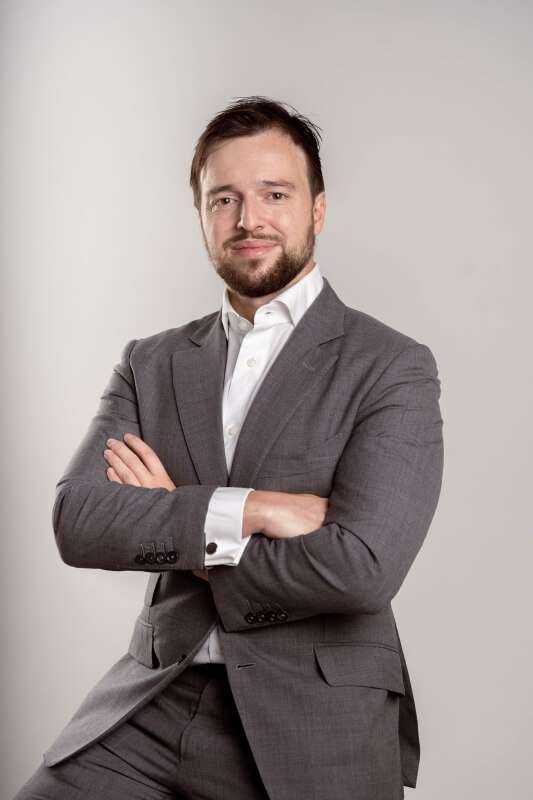
News, Tips and Aesthetic Care Blog
One of the surgeries most requested by men at Sculpture Clinic is gynecomastia. gynecomastia in Madrid Spain. These often come with an exaggerated breast augmentation for men, and it is common for them toand it is common for them to want to reduce their size in a safe and effective way.
Fortunately, gynecomastia surgery has achieved natural and harmonious results in recent years, thanks to surgical techniques and the knowledge and precision of surgeons. At Sculpture Clinic we are specialists in all types of breast surgery techniques, as we are surrounded by the best in the field.because we are surrounded by the best professional team.
Table of Contents
ToggleMore than 65% (approximately 8 out of 12) of 14-year-olds experience a buildup of tissue in their breasts during puberty. growth is normal and will return to normal within a year.
Changes in hormone levels may be natural, but that doesn't mean you have to accept them. If you are no longer in your teens and have man boobs, it could mean that you are overweight or obese.. This is because your body accumulates fat in various areas, including the chest.
If you are over 30 years old and have mood swings, loss of sexual appetite, general weakness and is accompanied by an increasingly oily breast, it could be due to hormonal changes.
To the naked eye, breast fat and gynecomastia appear to be one and the same.but there is a subtle difference that can be determined by self-examination.
If they are fat cells, they will feel soft to the touch and have a flabby appearance. Pseudogynecomastia is a condition in which the breasts are enlarged, but are flaccid and not as firm as in gynecomastia.but are flaccid and not as firm as in the case of gynecomastia.
Does it sound like a self-exam women should do to check for breast cancers? Yes, it is. And it's effective for men, too. It may be a little uncomfortable to stand in front of a mirror to feel your breasts, but it's proven to be an effective method. it's a proven effective method.
Feel the breast area; if there is a small lump under the nipples, you will feel it. If there is a lump, you should see your health care provider immediately.. It may be gynecologic cancer, but it may also simply be breast cancer.
This part of the test can be scary, but it is very rare for men to have breast cancer. it is very rare for men to have breast cancer.. Most likely the lump you feel is just gynecomastia, and it's best to know anyway.
As you continue the breast self-exam, feel for any tender spots with your hand. Fat accumulations do not feel noticeably different, but the tenderness of gynecomastia does feel different. but the sensitivity of gynecomastia does feel different.
Tenderness is usually felt near the nipples is felt near the nipples. If you feel anything out of the ordinary, schedule an appointment with your doctor.
To find out if your breasts are oily or have gynecomastia you should examine them. If they are swollen, erect and tender, these are signs of a gynecomastia problem.
If you notice an erect nipple, it is more likely that you have gynecomastia.. We should not purchase any medication, treatment or supplement until we verify your findings at the clinic.
Pain or tenderness and swelling are just two of the possible signs of gynecomastia.. To the touch, the lump feels like a rubbery mass under the nipple. An indicative visual aspect is the resemblance to a woman's breasts.
Gynecomastia is often mistaken for the expected presence of fatty tissues, gynecomastia is often mistaken for the expected presence of fatty tissues, especially among overweightespecially among young overweight males. Therefore, it should be a qualified physician who makes the diagnosis and comes to a conclusion.
Apart from gynecomastia, another frequent surgery in men is rhinoplasty.
The most appropriate treatment of gynecomastia in Madrid Spain will depend on making a timely diagnosis. There are times when breast augmentation comes from an increase in fat volume, and others when the increase in breast volume is due to an increase in breast tissue. This last cause is what is strictly known as gynecomastia. If you need a consultation, you can do it HERE.
When the increase in breast volume is at the expense of fat, the most appropriate medical treatment is always liposuction.. When this occurs, this condition is going to be called pseudogynecomastia, since breast tissue augmentation does not come into play.
When true mammary gland, breast augmentation with breast tissue occurs, in the vast majority of cases, this is corrected by surgery.. An incision is made through the areola and the excess tissue is removed.
To have a timely diagnosis of whether what we have is a gynecomastia, by increasing breast tissue and fat, or a pseudogynecomastia, ie, only increased fatty tissue, it can be done in the consultation in two ways.
The first way is a physical examination. Normally any experienced breast surgeon, such as those who are part of the Sculpture Clinic team, will be able to give you the appropriate indication.
On the other hand, the definitive diagnosis is made by means of an ultrasound scan, which can also be carried out directly in the office.which can also be performed directly in the office.
In this way, we will make an accurate diagnosis through physical examination and ultrasound and we will know which intervention to apply in each case, whether it is liposuction or breast tissue reduction surgery.whether it is liposuction or breast tissue reduction surgery.
Together we are stronger

Plastic, Reconstructive and Aesthetic Surgeon

Anesthesiologist

Plastic, Reconstructive and Aesthetic Surgeon

Plastic, Reconstructive and Aesthetic Surgeon
Labiaplasty
Bichectomy

